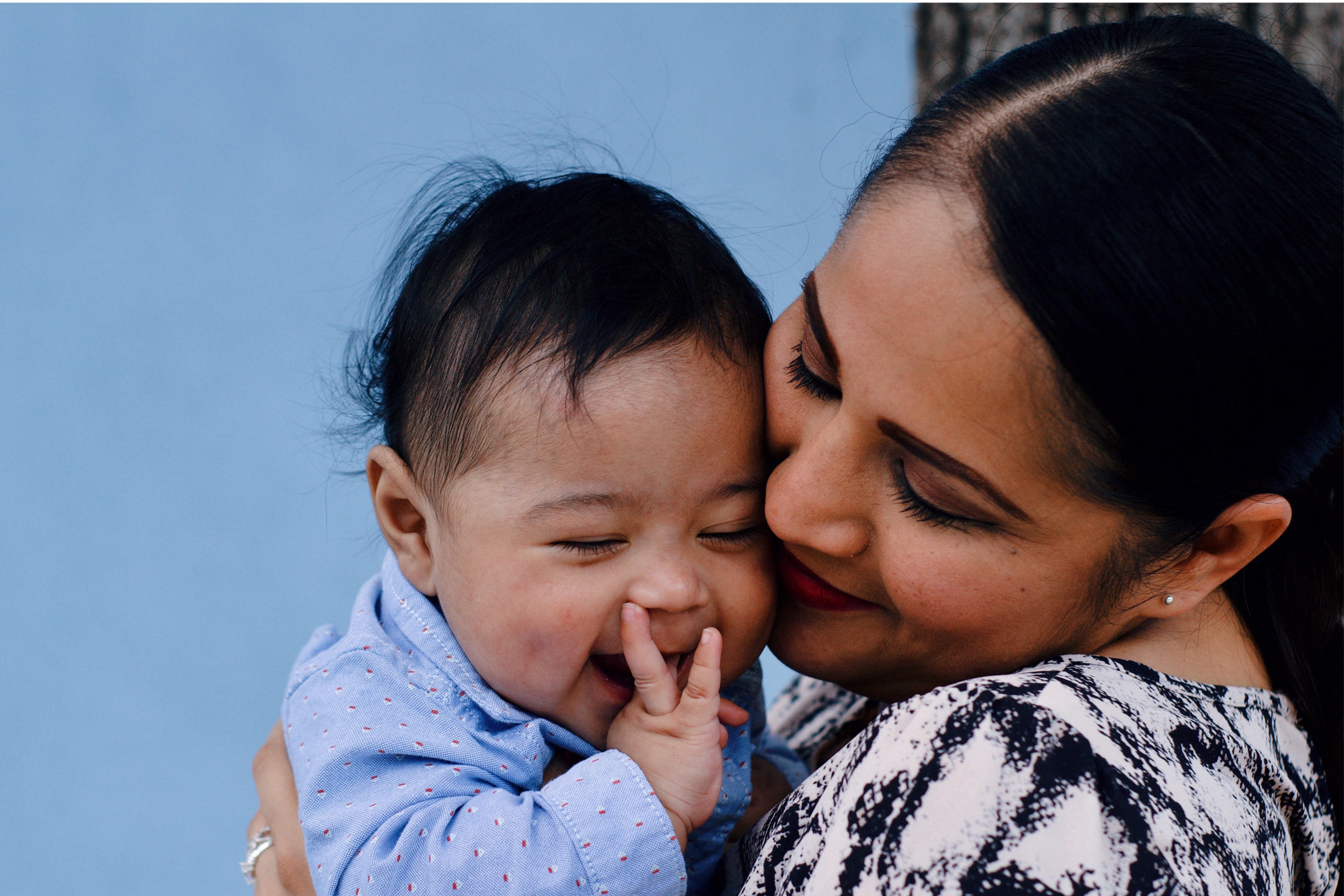
27 Apr The Fashion Of Labels
Evelyn Lewin questions the dodgy definitions that are often applied to baby behaviour.
Let me start by saying that I hate baby labels. No, not the extraordinarily expensive tiny pieces of cloth that little boutique shops sell at ridiculously marked-up prices because they are a ‘brand’. The thing that I hate is the way that we label a baby.
It all started before my baby was even born. People love putting labels on a pregnant woman, calling her ‘too big’ or ‘too small’, and sometimes even both, occasionally within the same day. Furthermore, they love trying to decipher the sex of the baby based on old wives’ tales. Needless to say, I was utterly humiliated when someone told me I was having a daughter because “a girl steals her mother’s beauty”.
At the time, it was early in my pregnancy, and I was looking pimply and bloated, with my bum growing faster than my tummy (or so it felt). Consequently, I was devastated to be told I looked as unattractive as I felt. And so, as I prepared for my baby’s birth, a part of me was very excited that there would be a cessation in the labels being assigned to me.
And there was, for a while.
But it all started again within the first few weeks of my daughter’s birth. Being a baby, she would have episodes when she would cry her little lungs out for absolutely no discernible reason. Of course, the early-childhood-health nurse did point out that babies always cry for a reason. They cry if they’re too hot or too cold. Or too hungry or too full. Or too tired. Or if they haven’t been ‘burped’ enough or are held in a position they don’t like. Or understimulated. Or overstimulated. Or just uncomfortable. Basically, they cry for all sorts of reasons, some of which we may never know.
And so I began to hear from numerous well-meaning sources that the cause of my daughter’s crying must be ‘wind’. Prior to having a baby, the word ‘wind’ used to conjure up lovely images for me of a gentle breeze rustling through swaying willows. However, the way that people spoke of my daughter’s wind sounded severe enough to be the sole cause of global warming.
But, of course, the first few restless weeks gradually turned to months, and our daughter’s crying gradually subsided. And we were thrilled – that is until she began to become irritable for what seemed, yet again, to be no good reason.
The first time this happened in company, our well-meaning visitor stated that our daughter must be teething. Alas, despite this behaviour recurring intermittently over the next few weeks, no teeth erupted.
However, that didn’t stop us from latching onto this term whenever we needed a plausible reason (apart from her being a baby, of course) to explain some ratty behaviour. In fact, one of my friends loves the term ‘teething’ so much that she uses it whenever her son hasn’t had his sleep, refuses to eat or is crying more than usual. She simply sighs and explains that Oscar is teething. The fact that Oscar is eight months old and still sports a gummy, toothless smile doesn’t seem to matter to people who are easily placated once a label has been given to non-ideal behaviour.
It seems as though we’re always trying to find a label for a baby and have forgotten that babies are simply little people who have their own needs and wants, yet no clear method of being able to communicate their feelings. So sometimes they cry or act imperfectly (and really, there is no such thing as a perfect baby), and there is no clear reason as to why. They’re just being a baby. Well, that’s the label I like to use anyway…

